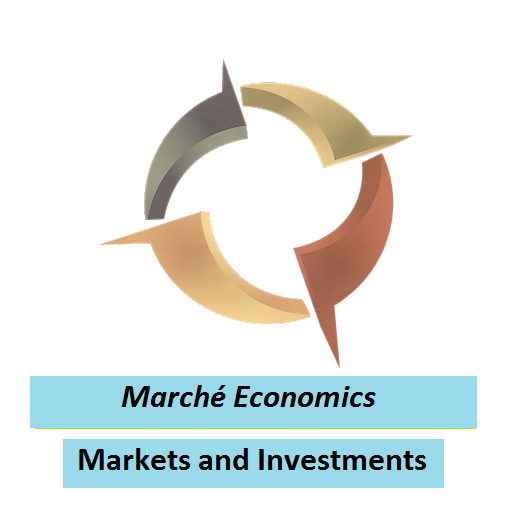March 1st Update:
Headwinds from trade wars are on the way. This, as indicated in the February Stock State, is our biggest stock market worry.
Why are tariffs on steal and aluminum such a problem? Trade theory, not stock market talking heads, is the answer. Tariffs on specific commodities imposed by a large nation such as the US will effect the global price by reducing demand from a large (the US) importer. This hurts all steal and aluminum manufacturers in the rest of the world and will lead directly to retaliation. This starts a trade war. I would not invest in the market in 1929 when the Smoot Hawley trade act had its worst effect. International trade contracted by about 2/3s. All trade related jobs (manufacturing, farming, transportation, shipping, inventory, etc.) were lost. Export markets disappeared and caused farm production prices to plummet. Farmers went broke. A global recession ensued.
Market strategy is to go 100% to cash and wait until the consequences of the coming trade war are over. You can play with the TVIX, for example, with your cash. Wait for the TVIX to fall, buy some, and then sell it when it goes up, and then repeat. That’s the only safe thing to do at this time. I would normally say good investing, but that is no longer possible. Good luck!
Marche 4 update:
Presidents do good and bad things. For example, Bill Clinton was a pro trader. That, and the luck of low oil prices and computer technology adoption into work places that increased productivity provided supply side effects that overwhelmed Clinton’s higher taxes, military spending cuts, and Congressional social program cuts. In effect, contractionary fiscal policy became overwhelmed by positive supply side effects. Good or lucky aside, Clinton went on to restrict CIA recruiting and eliminated SEC oversight of derivatives. These policies contributed to 911 and the Great Recession.
Obama attacked the economy while at the same time trying to stimulate it with deficit financed fiscal spending. The weakest recovery on record occurred, along with a doubling of the US level of public debt. In other words, before Obama, the US had about a 50% level of public debt to GDP and after Obama The US public debt to GDP ratio jumped to over 105%. On the other hand, we did get Obama care.
President Trump is no different. Cuts in Obama’s overregulation and corporate tax cuts are tremendous supply side effects that are good for the economy. Moreover, expanding the tax base through economic growth will reduce the negative effects on public debt. By contrast, recent protectionist trade policies are a huge and contradictory offset, mush like the contradictory macroeconomic policies of Obama. Trump’s trade policies will cost jobs and economic growth even if there is no retaliation. Users of steel and aluminum now face higher costs which contracts output and reduces employment. Higher costs are then passed on to consumers. The total cost to consumers averages about 10 times the value of any jobs saved in the protected steel and aluminum industries, causing the US to lose wealth, growth, and employment. Worse, trading partners that previously sold steel and aluminum to the US have lost demand from a large importer and will face lower global prices as a result. They will surely retaliate by imposing tariffs on our exports.
The World Trade Organization (WTO) oversees and enforces all international trade agreements and will soon rule on the legality of the steel and aluminum tariffs. Most likely they will rule them illegal. But, if they do Trump, as an isolationist, he may pull the US out of the WTO. That will undermine the WTO’s credibility and its authority to oversee international trade agreements. The world trading order may then unravel. Trade agreements would become unenforceable and many nations may follow the US example of imposing tariffs on imports. Soon no one will import (i.e., mercantilism where everyone wants only to export and have a trade surplus) and no trade will occur. The world will then spiral into a deep recession. Only a reversal of trade policy back to free and open trade will lead to recovery.
In the short-run, it is difficult to predict how markets or our trading partners will react. Markets may settle down for a while before there is another round of volatility and sell-offs, or a bigger sell-off triggered by more immediate trading partner retaliation will occur. Already, the agribusiness sector looks shaky. Only time will tell. One must prepare for any and all possibilities. Trade theory prediction will be more accurate in the long run, but many scenarios are possible. Even if the WTO rules in Trump’s favor, for example, other nations may sill follow the US example and impose trade restrictions of their own. Time will tell how the dominos fall, but fall they will.
